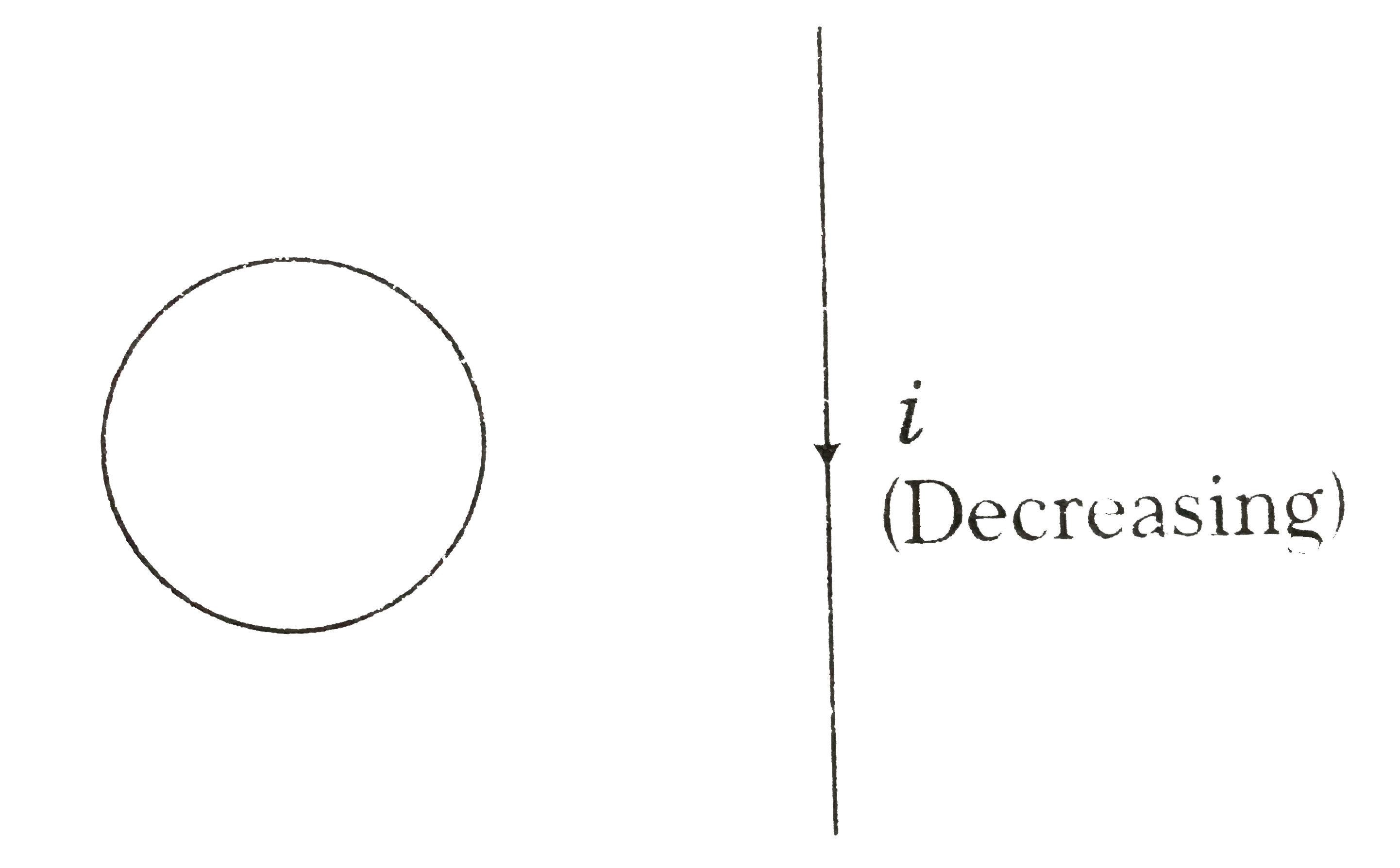When a current is established in a wire, the free electrons drift in the direction opposite to the current, Does the number of free electrons in the wire continuously decrease?
To solve the question, "When a current is established in a wire, the free electrons drift in the direction opposite to the current. Does the number of free electrons in the wire continuously decrease?", we can follow these steps:
Step 1: Understand the Direction of Current and Electron Flow
- In a circuit, conventional current is defined as the flow of positive charge from the positive terminal to the negative terminal of a battery. However, in a metal conductor, the charge carriers are electrons, which are negatively charged. Therefore, the free electrons drift in the opposite direction to the conventional current.
Step 2: Analyze the Movement of Electrons
- When a current is established, free electrons in the wire start to drift towards the positive terminal of the battery. This movement is due to the electric field created by the battery.
Step 3: Consider the Source of Electrons
- The question arises about what happens to the electrons that drift towards the positive terminal. As these electrons leave the wire, they are not lost from the system. The battery provides a continuous supply of electrons to replace those that have drifted away.
Step 4: Conclusion on the Number of Free Electrons
- Since the battery replaces the electrons that drift towards it, the total number of free electrons in the wire remains constant. Therefore, the answer to the question is that the number of free electrons in the wire does not continuously decrease; it remains constant.
Final Answer
No, the number of free electrons in the wire does not continuously decrease; it remains constant due to the replacement of electrons by the battery.
---
- In a circuit, conventional current is defined as the flow of positive charge from the positive terminal to the negative terminal of a battery. However, in a metal conductor, the charge carriers are electrons, which are negatively charged. Therefore, the free electrons drift in the opposite direction to the conventional current.
- When a current is established, free electrons in the wire start to drift towards the positive terminal of the battery. This movement is due to the electric field created by the battery.
- The question arises about what happens to the electrons that drift towards the positive terminal. As these electrons leave the wire, they are not lost from the system. The battery provides a continuous supply of electrons to replace those that have drifted away.
- Since the battery replaces the electrons that drift towards it, the total number of free electrons in the wire remains constant. Therefore, the answer to the question is that the number of free electrons in the wire does not continuously decrease; it remains constant.
No, the number of free electrons in the wire does not continuously decrease; it remains constant due to the replacement of electrons by the battery.
Topper's Solved these Questions
- ELECTRIC CURRENT IN CONDUCTORSBook:HC VERMA ENGLISHChapter:ELECTRIC CURRENT IN CONDUCTORSExercise:Exercises
Explore 84 Videos
- DISPERSION AND SPECTRABook:HC VERMA ENGLISHChapter:DISPERSION AND SPECTRAExercise:Question for short Answer
Explore 6 Videos
- ELECTRIC CURRENT THROUGH GASESBook:HC VERMA ENGLISHChapter:ELECTRIC CURRENT THROUGH GASESExercise:Short answer
Explore 6 Videos
Similar Questions
In diamond, the number of free electrons are:
View SolutionWhat is meant by drift speed of free electrons ?
View SolutionWhen electrons drift in a metal from lower to higher potential, does it mean that all the free electrons of the metal are moving in the same direction ?
View SolutionPredict the direction of induced current in metal rings 1 and 2 when current I in the wire is steadily decreasing .

View SolutionIn an electrolytic solution the electric current is mainly due to the movement of free electrons.
View SolutionWhen two wires have current in same direction then force is
View SolutionA small insect crawls in the direction of electron drift along bare copper wire that carries a current of 2.56A. It travels with the drift speed of the electron in the wire of uniform cross-section area 1mm2Number of free electrons for copper =8×1028/ and resistivity of copper = 1.6×10−8Ωm
How much time would the insect take to crawl 1.0 cm if it crawls at the drift speed of the electron in the wire?
View SolutionDefine relaxation time of the free electrons drifting in conductor. How is it related to the drift velocity of free electrons? Use this relation to deduce the expression for the electrical resistivity of the material.
View SolutionConsider a long, straight wire of cross-sectional area A carrying a current i. Let there be n free electrons per unit volume. An observed places himself on a trolley moving in the direction opposite to the current with a moving in the direction opposite to the current with a speed (v= i/nAe) and separated from the wire by a distance r. The magnetic field seen by the observer is very nearly
View SolutionA circular loop is placed near a current carrying conductor as shown in figure. Find the direction of induced current, if the current, in the wire is decreasing.

View Solution
